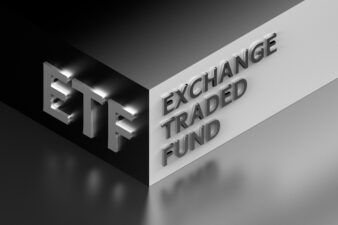The Canada Revenue Agency (CRA) gave Canadians a taste of Universal Basic Income. As part of the COVID-19 Economic Response Plan, it gave out $2,000 Canada Emergency Response Benefit (CERB) to Canadians who lost their job because of the pandemic. The rule was the same for any Canadian who was eligible for the CERB. You can claim $500 a week for a maximum of 24 weeks and get up to $12,000 in CERB if you are eligible between March 15 and October 2.
Problems with the $2,000 CRA CERB
The CERB came as a saviour. Kudos to the CRA! It made efforts to make this benefit easy and hassle-free to access. However, the $2,000 CERB is temporary, and it will add to your taxable income.
Moreover, if you are not eligible for the benefit and still received it, the CRA will take it back. Adding to the worries, the generous amount of CERB attracted hackers. The CRA website was affected by two cyberattacks, which compromised the personal information of around 5,500 accounts. As a preventative measure, the CRA has temporarily blocked CERB online access until further notice.
Firstly, there is the hassle of the pandemic; many are searching for jobs, taking safety measures to avoid infection, and caring for the sick. Amid this hassle, a cyber attack or withdrawal of the benefit will only add to your burden.
Instead of depending on the CRA CERB, you can generate a passive income that is easy to access, tax-free, long lasting, and less prone to a cyberattack.
A better passive income than the CERB
The reason why the CRA website became a victim of the cyberattack is the amount of money that was at stake. If hackers got $2,000 from each account they hacked, that’s $11 million worth of benefits money.
You can create a My CERB portfolio with your Tax-Free Savings Account (TFSA). The TFSA will make your withdrawals tax-free, and as it is your account, you can access the money anytime. You need not apply for the benefit every month and worry about your eligibility.
But to build a My CERB portfolio, you need to contribute money every year for at least 10 years. The amount of passive income you earn will depend on the instrument you invest in.
Two easy steps to earn $2,000 in passive income for a lifetime
The first step to earning passive income is to build a benefits pool of more than $200,000 in your TFSA. You can build this pool by investing $5,000 every year for 10 years in a high-growth stock that gives an average annual return of 20%.
One such stock is Kinaxis (TSX:KXS). It has grown at an average annual rate of over 40% in the last six years. The company provides supply chain planning solutions to large enterprises and earns money through subscriptions. The ever-growing complexity in the supply chain because of the globalization of trade has increased the need for supply chain planning. The company uses deep learning to make accurate demand forecasts.
If you’d invested $5,000 in Kinaxis in January of every year for the last six years, you would have over $120,000 in your TFSA portfolio. In the next four years, this money would more than double or even triple.
Once you have more than $200,000 in your TFSA, you can put this amount in a dividend stock. A good stock is the one that has a history of paying regular dividends and increasing dividends per share at regular intervals.
One such stock is Enbridge. It has been paying regular dividends for over 20 years and increasing its dividend per share at a CAGR of 8.85% in the last five years. It has never cut dividends even in a crisis.
Enbridge stock has declined 20% this year, which has inflated its dividend yield to 7.48%. This is a good opportunity to lock in such a high yield.
Investor corner
If you invest $220,000 in Enbridge now, you can get $1,370 per month in passive income. If the company continues to increase its dividend per share by 8% every year, your passive income will grow to $2,000 by 2025 and will continue to grow.







